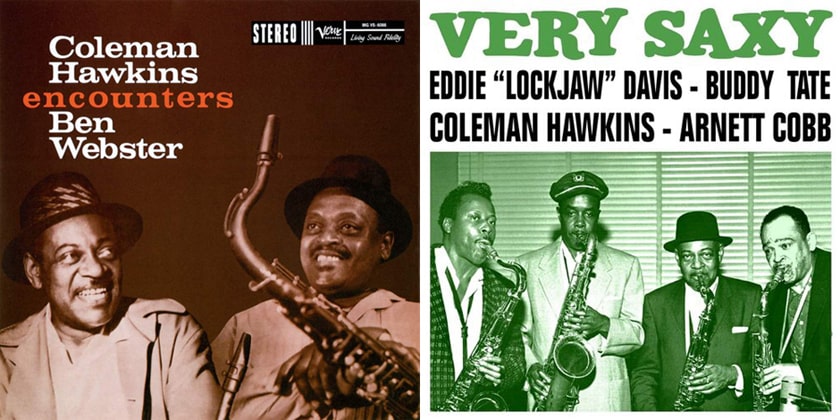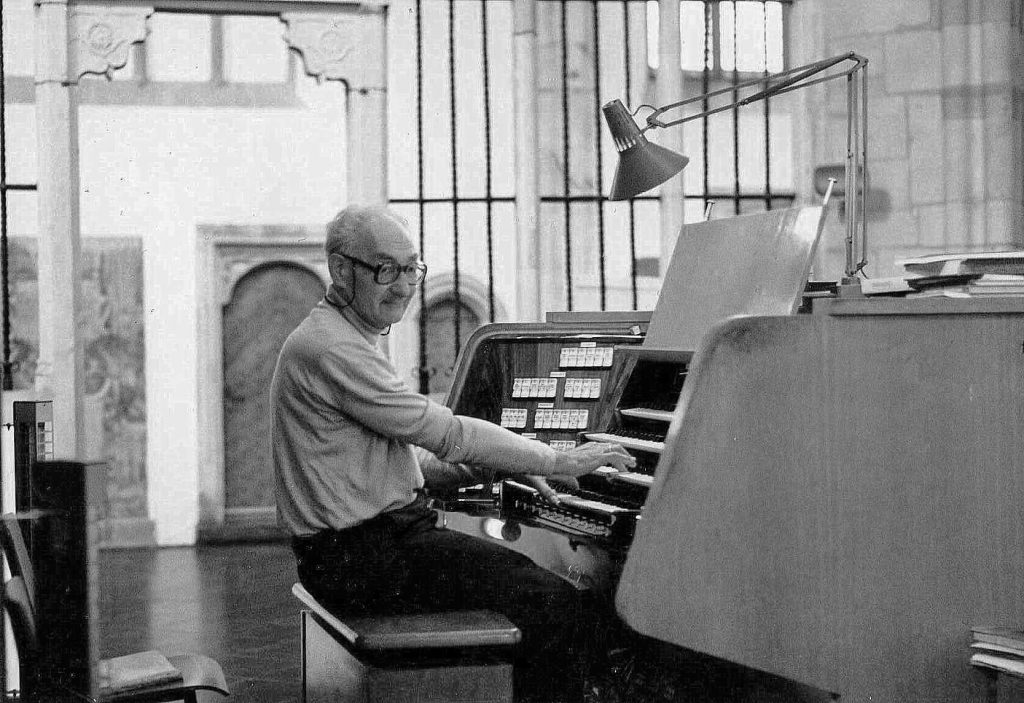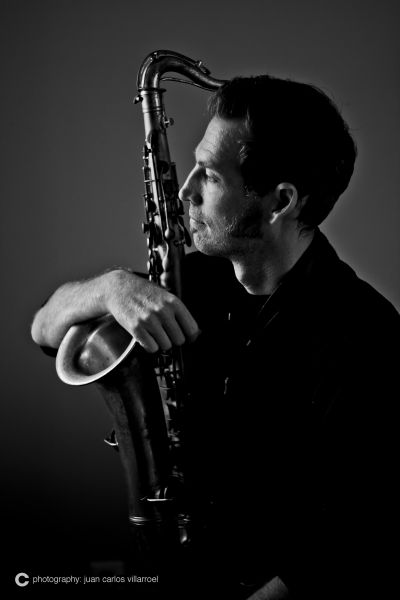ARTIST “IMPRESSION” (REVIEW): COLEMAN HAWKINS
An article about Coleman Hawkins for my blog is an absolute must. My wish to learn to play the saxophone all started with him … I was 12 or 13 or something in between, I am not certain anymore. It could not have been long after I had quit playing the violin …
FYI: When I was around 5 years young I really wanted to learn to play the violin after I heard a record (vinyl – still have it in my collection) a of a Hungarian Gypsy group called “The Lakatos Dinasty“. I practically bagged my parents if I could have a violin too, and when I was six I got my first lessons. The reason I quit at the age of 12 wasn’t even so much the instrument, but the “old school” teachings and choice of repertoire that spoiled the pleasure of it all.
My grandfather – who played Church and Theatre Organs and loved all early sub-genres of Jazz including Swing (Bebop is where he “drew the line”) – gave me a cassette tape when I was 12 years old, with on “side A” a copy of a vinyl he had in his collection called “Coleman Hawkins Encounters Ben Webster” and on “side B” a copy of another vinyl from his collection called “Very Saxy” with Coleman Hawkins, Eddie “Lockjaw” Davis with Buddy Tate and Arnett Cobb.
I was “blown away” by what I heard … I had instantly fallen in love with the sound of the tenor saxophone and Coleman Hawkins was my new “hero”. It wasn’t long before I had “overcome” my “violin-trauma” and asked my parents if I could learn to play the saxophone. They promised they would think about it, but for a while I didn’t hear anything about it anymore. Buying an instrument for me again wasn’t something they could decided to do “just like that”, I was born and raised in a family that had several periods you could call “strapped”.
When it was near my 14th birthday, my other grandfather (who was an enthusiastic hobby clarinetist) suddenly dropped by to pick me up … he had a surprise for me. We drove of to a nearby city where we parked near a specialized saxophone store and to my delight we went inside. Once inside, my grandfather told me I could pick out a saxophone (within a certain price-range of course). Even though I loved tenor saxophone best, it was common practice for children who just begin playing saxophone to start of on alto sax.
I also had started listening and liking alto saxophonist Johnny Hodges, thus ending up with a lovely silver-plated vintage American King alto was not that bad either. After Hodges I had a period I listened a lot to David Sanborn, Spyro Gyra and Tom Scott, but Coleman Hawkins stayed a favorite. A few years later though I bought an old American Pan Am (Conn Stencil) tenor sax. I switched back and forth between alto and tenor for a while, even bought a baritone. Several years after – once I started studying at the Constantijn Huygens Conservatory (nowadays ArtEZ) – I exchanged the Pan Am for a gold plated Conn Chu Berry from 1922 (that’s the tenor sax I still have – see photo) and the switch from alto to tenor – as primary sax – became definite.
Even though “The Hawk” was my “hero” back in the days, I mostly frequently listened to two of his albums. I did buy a few more, but hardly ever listened to those, only those two albums (mentioned in this article) made a life-changing impression on me. Me being a “Coleman Hawkins admirer” is primarily fueled by these two albums. A few times a year I really like to listen to those albums, but just once, before they go back on the shelf again. Instead I started listening to Hard Bop tenor saxophonists like Hank Mobley, Joe Henderson, Dexter Gordon, Eddie Harris, Sonny Rollins, Cannonball (alto) and during my Conservatory time moved on to Michael Brecker, John Coltrane, Joshua Redman, Bob Berg …
But … back to Hawkins … So, what do I think about these albums?
“Coleman Hawkins Encounters Ben Webster” was the very first ever Jazz album I consciously listened to. It starts with “Blues for Yolande”, still one of my all time favorite Swing-Blues tracks ever. What is great about this album and those two tenor titans is that their sound and playing style is on opposite sides of the “Swing-spectrum”. “The Hawk” has a raw, somewhat “throaty” sound, played with almost “cocky” carelessness, while Webster has a warm, soothing sound, lots of “breathiness”, vibrato’s that end with just air, very characteristic for Webster. These two gentlemen were accompanied by Oscar Peterson (piano), Herb Ellis (guitar), Ray Brown (double bass) and Alvin Stoller (drums), a pretty impressive line-up, except for Stoller that has not become as “legendary” as the others. Besides “Blues for Yolande” the track “You’d Be So Nice to Come Home To” is another one of my favorites from this album. “Shine on Harvest Moon” I like very much to, mostly because of the warm “throaty” sound of Coleman Hawkins that sounds almost a bit “nasal” but has a very “unique” quality to it.
“Very Saxy” is a whole different “ballgame” all together. The album really kicks-off with Shirley Scott’s “crunchy” Hammond. She is accompanied by George Duvivier (bass) and Arthur Edgehill (drums). The 4 tenor titans (Eddie “Lockjaw” Davis, Buddy Tate, Coleman Hawkins and Arnett Cobb) take turns soloing on every track. The great thing about this Swing album is – besides the fun to listen to it – also that it provides excellent “study material”, to listen and analyze how those 4 great Swingers “deal” with the harmonic progressions of each piece in their own style. Unlike with the “Encounters” album, there is less big of a difference sound-wise between the 4 gentlemen though. The track “Lester Leaps In” was on my jam-session repertoire list for quite a while during the time I studied at the Conservatory. I really like the theme arrangement (voicings) of the track “Light and Lovely”, an arrangement much like for Jazz Big Bands.
So, you could say that my “baptism” in Jazz really Swung!


